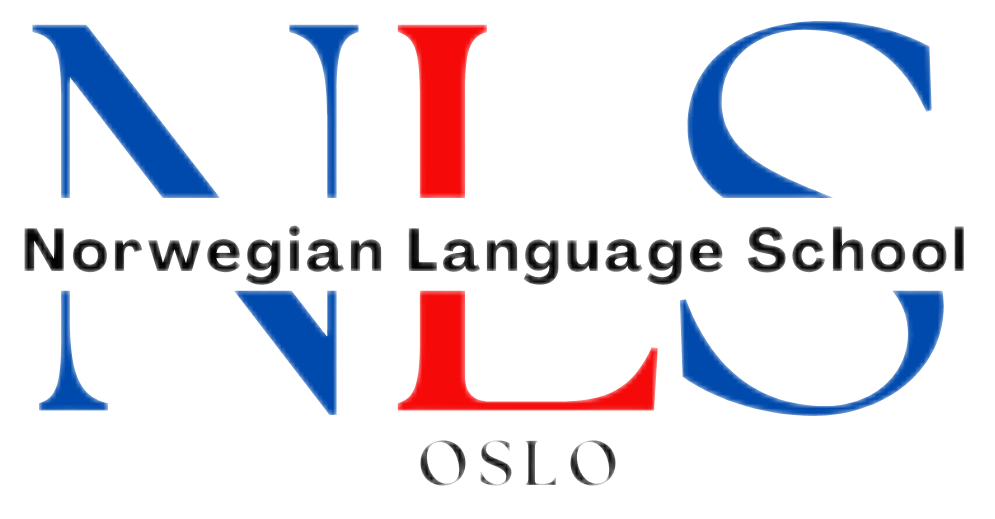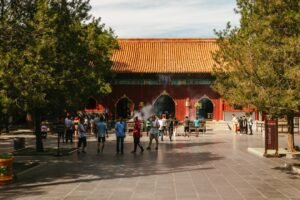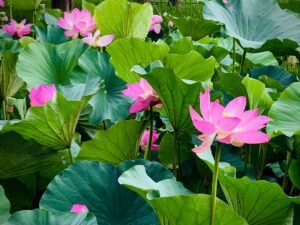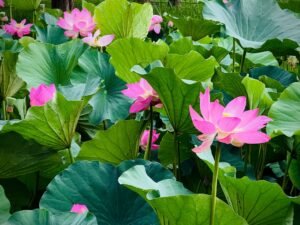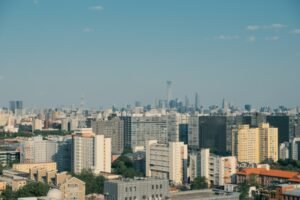
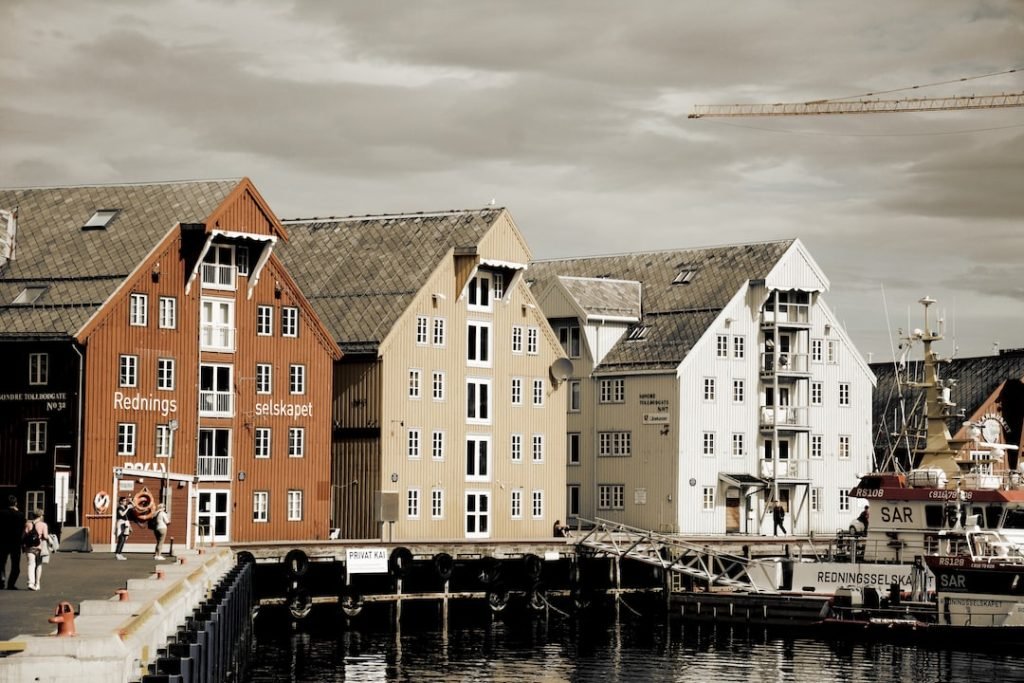
Celebratory Words: Festivals and Traditions in Norwegian
Norway is a country known for its stunning natural landscapes, rich cultural heritage, and vibrant festivals and traditions. From the snowy peaks of the fjords to the colorful streets of Oslo, Norway offers a unique blend of ancient customs and modern celebrations. Festivals and traditions play a significant role in Norwegian culture, bringing communities together and preserving the country’s cultural identity.
Table of Contents
ToggleKey Takeaways
- Norwegian festivals and traditions are deeply rooted in the country’s culture and history.
- Celebrations play a significant role in Norwegian culture, bringing people together and strengthening community bonds.
- National Day celebrations on 17th May are a highlight of the Norwegian calendar, with parades, speeches, and traditional costumes.
- Christmas celebrations, known as Jul, are a time for family gatherings, festive food, and the lighting of candles.
- Easter celebrations, or Påske, involve decorating eggs, eating traditional foods, and attending church services.
The Importance of Celebrations in Norwegian Culture
Celebrations are an integral part of Norwegian culture, serving as a way to bring communities together and strengthen social bonds. Whether it’s a national holiday or a local festival, Norwegians take great pride in their traditions and use celebrations as an opportunity to showcase their cultural heritage. These festivities also provide a sense of belonging and identity, allowing Norwegians to connect with their roots and pass down traditions from one generation to the next.
Preserving cultural traditions is another important aspect of Norwegian celebrations. In a rapidly changing world, festivals and traditions serve as a way to keep the past alive and ensure that future generations have a connection to their heritage. By participating in these celebrations, Norwegians can learn about their history, customs, and values, fostering a sense of pride and appreciation for their cultural identity.
National Day Celebrations: 17th May
One of the most significant celebrations in Norway is the National Day on 17th May. This day commemorates the signing of the Norwegian Constitution in 1814 and is considered a symbol of independence and national pride. The streets come alive with parades, music, and festivities as Norwegians celebrate their freedom.
On 17th May, you will see children dressed in traditional costumes called bunads, waving flags and marching in parades. The streets are adorned with red, white, and blue decorations, symbolizing the Norwegian flag. Families gather for picnics in parks, enjoying traditional foods such as hot dogs, ice cream, and waffles. It is a day filled with joy, unity, and a strong sense of national identity.
Christmas Celebrations: Jul
| Metrics | Values |
|---|---|
| Number of countries that celebrate Jul | 5 |
| Origin | Pagan festival celebrating the winter solstice |
| Traditional food | Roast pork, boiled potatoes, red cabbage, and rice pudding |
| Traditional drink | Glogg (mulled wine) |
| Decorations | Candles, wreaths, and Christmas trees |
| Gift-giving | On Christmas Eve |
Christmas, or Jul, is another important celebration in Norway. Norwegians take great pride in their Christmas traditions, which are deeply rooted in ancient customs and folklore. The holiday season begins with the lighting of the Christmas tree in cities and towns across the country.
Norwegian Christmas traditions include decorating the house with lights and ornaments, baking traditional cookies like pepperkaker and krumkake, and exchanging gifts on Christmas Eve. Families gather for a festive meal that often includes lutefisk (dried cod) or ribbe (pork ribs). The highlight of the evening is the arrival of Santa Claus, known as Julenissen, who brings gifts for children.
Easter Celebrations: Påske
Easter, or Påske, is another important celebration in Norway. It is a time when Norwegians come together to celebrate the arrival of spring and the resurrection of Jesus Christ. The holiday is marked by various traditions and customs that have been passed down through generations.
One of the most popular Easter traditions in Norway is the painting of Easter eggs. Families gather to decorate eggs with vibrant colors and intricate designs. These eggs are then used in various Easter games and activities. Another tradition is the Påskekrim, or Easter crime, where Norwegians read crime novels or watch crime dramas during the holiday season.
Midsummer Celebrations: St. Hans
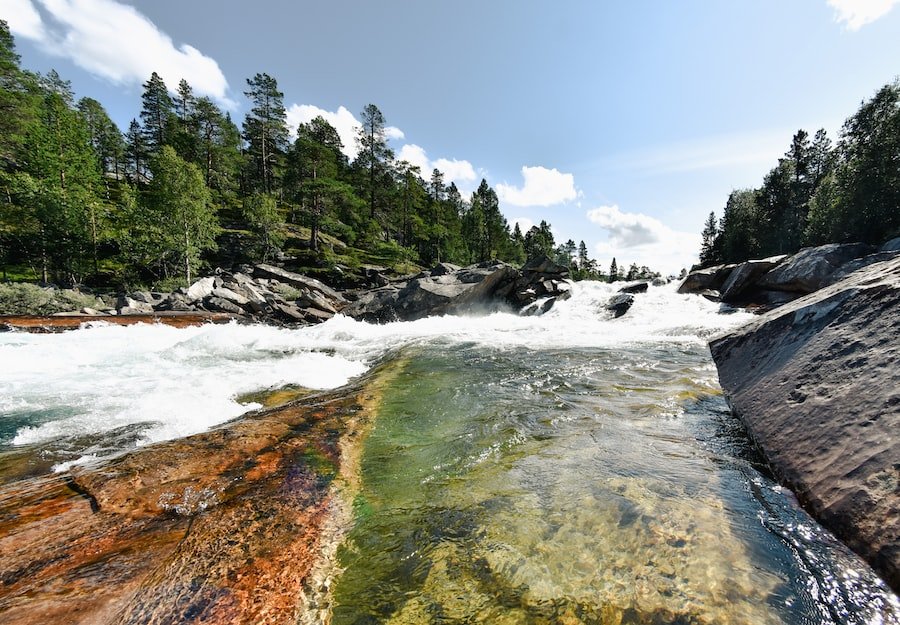
Midsummer, or St. Hans, is a celebration that takes place on 23rd June to mark the summer solstice. It is a time when Norwegians come together to celebrate the long days and warm weather. Bonfires are lit on beaches and hillsides across the country, symbolizing the banishment of evil spirits and the arrival of summer.
During St. Hans, Norwegians gather for outdoor barbecues, picnics, and traditional games. It is a time for singing and dancing around the bonfire, with traditional folk songs filling the air. The celebration often continues late into the night, with fireworks lighting up the sky.
Sami Festivals: Celebrating Indigenous Culture
Norway is also home to the indigenous Sami people, who have their own unique festivals and celebrations. The Sami culture is deeply rooted in nature and reindeer herding, and their festivals reflect this connection.
One of the most famous Sami festivals is the Sami National Day on 6th February. This day celebrates the Sami people’s cultural heritage and their struggle for recognition and rights. Festivities include traditional music, dance, reindeer races, and storytelling.
Food and Drink Traditions in Norwegian Celebrations
Food plays a central role in Norwegian celebrations, with traditional dishes being an essential part of the festivities. Norwegian cuisine is known for its simplicity and use of local ingredients, often reflecting the country’s natural surroundings.
During festivals and celebrations, you can expect to find traditional dishes such as rakfisk (fermented fish), lutefisk (dried cod), pinnekjøtt (salted lamb ribs), and fårikål (mutton stew). These dishes are often accompanied by traditional drinks such as aquavit (a distilled spirit) or mead (honey wine).
Folk Music and Dance in Norwegian Festivals
Music and dance are integral parts of Norwegian festivals and celebrations. Traditional folk music, known as “spellemannsmusikk,” is characterized by its lively melodies and use of traditional instruments such as the Hardanger fiddle.
During festivals, you can expect to see traditional folk dances such as the halling or the springar. These dances are often performed in traditional costumes and accompanied by live music. Folk music and dance serve as a way to connect with Norwegian heritage and create a sense of community during celebrations.
Contemporary Festivals in Norway: From Music to Film and Literature
In addition to traditional festivals, Norway also hosts a range of contemporary festivals that celebrate music, film, literature, and more. These festivals attract both locals and tourists, showcasing the country’s vibrant arts and culture scene.
One example is the Bergen International Festival, which takes place every May and features a diverse range of performances in music, theater, dance, and visual arts. Another popular festival is the Oslo Jazz Festival, which brings together renowned jazz musicians from around the world.
Norwegian festivals and traditions are an essential part of the country’s cultural heritage. They bring communities together, preserve cultural traditions, and provide a sense of identity and belonging. From the National Day celebrations on 17th May to the Christmas festivities of Jul, Norwegians take great pride in their customs and use celebrations as an opportunity to showcase their cultural heritage.
Whether it’s experiencing the joyous parades on National Day or participating in traditional dances during Midsummer celebrations, experiencing Norwegian festivals firsthand is a unique and enriching experience. So next time you find yourself in Norway, make sure to immerse yourself in the vibrant festivals and celebrations that make this country so special.
If you want to learn Norwegian, you can register for classes here. We look forward to hearing from you and helping you become fluent in Norwegian.
